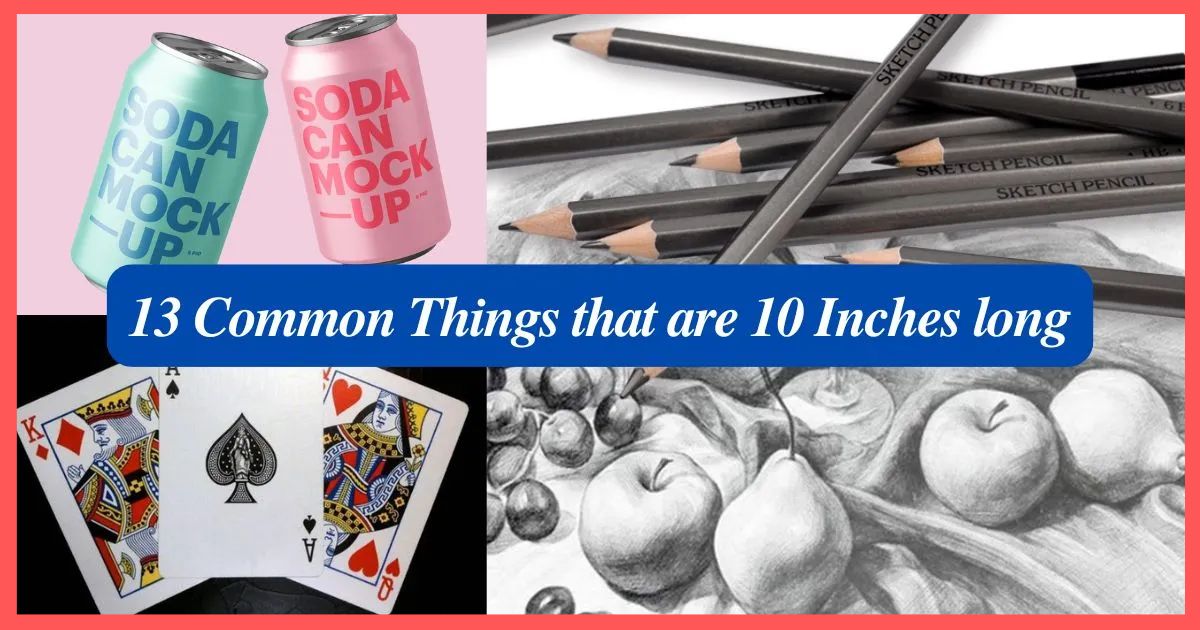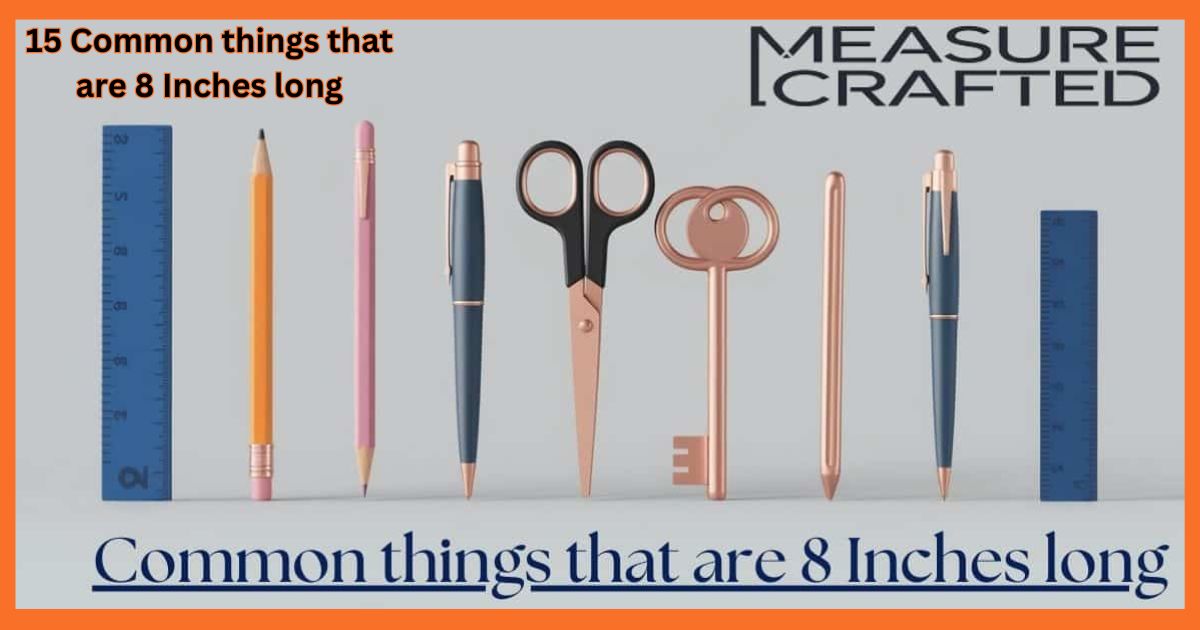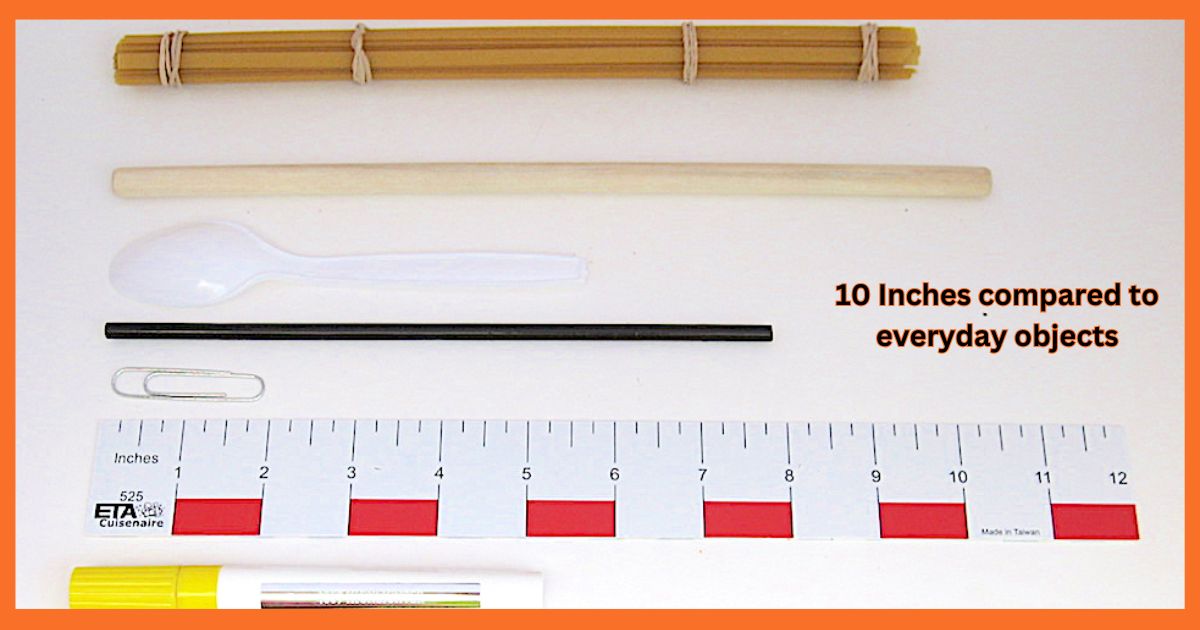When it comes to measurements, the seemingly simple number “10 inches” can be more significant than you might think. While we often rely on rulers, tape measures, and other tools to gauge length, understanding what 10 inches looks like in real-world objects can be a helpful and practical skill.
Whether you’re picking out a new kitchen tool, choosing the right sports equipment, or even navigating DIY projects, knowing the precise length of common objects around you can make all the difference.
In this article, we’ll explore seven common objects that are exactly 10 inches long, offering unique insights into why this measurement matters and how it plays a role in daily life. From familiar household items to specialized tools, you’ll discover the relevance of 10 inches and how it fits into various contexts.
How Long is 10 Inches?
To truly appreciate the significance of 10 inches, it’s helpful to visualize it in comparison to common objects. Ten inches is equivalent to 25.4 centimeters, or just slightly longer than the width of a standard sheet of paper, which measures 8.5 inches by 11 inches.
In everyday terms, 10 inches is roughly the length of an average adult hand from the tip of the middle finger to the wrist, making it easy to gauge this length when you don’t have a ruler or tape measure on hand.
Recognizing this size helps in understanding how things fit together, from furniture to gadgets and beyond. Now that we know what 10 inches looks like, let’s dive into the fascinating world of everyday items that measure this length.
1. A Standard Dinner Plate
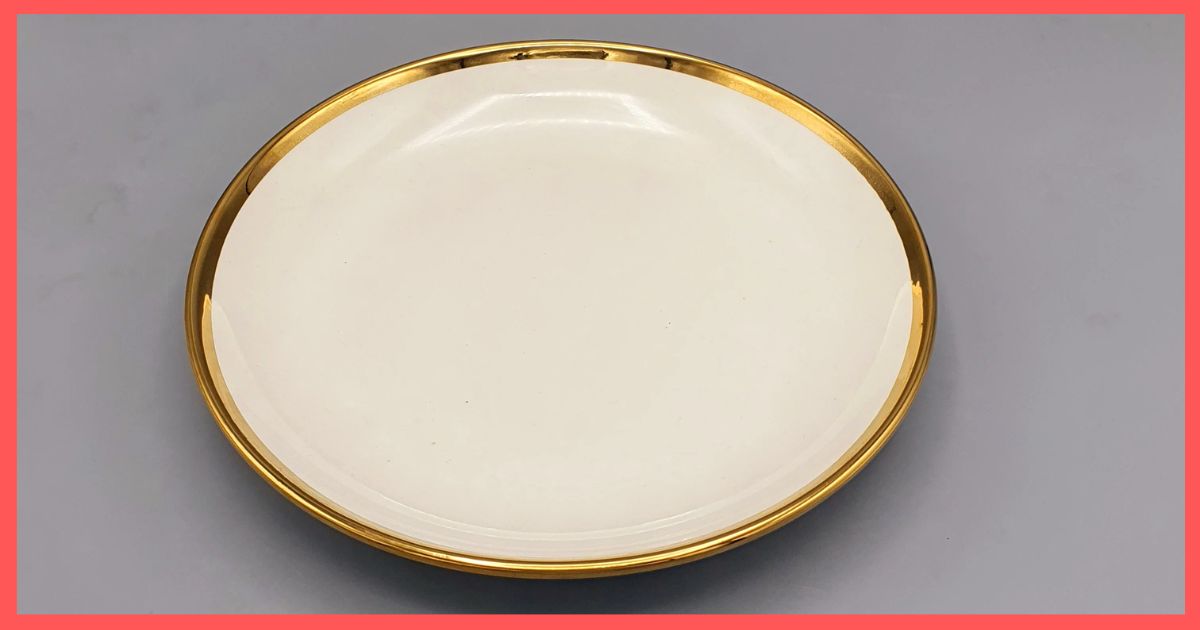
One of the most common objects that measures exactly 10 inches in diameter is a standard dinner plate. These plates are a mainstay in nearly every household, restaurant, and café, serving as the base for meals ranging from a hearty breakfast to a fancy dinner.
Dinner plates come in a variety of sizes, but the 10-inch diameter is considered the most versatile, providing just the right amount of space for a balanced meal.
This size is practical because it allows ample room for placing different food items, ensuring that each serving is presented neatly and appetizingly.
Larger plates, such as 12-inch or 14-inch varieties, are often used for special occasions or for serving more extravagant meals, while the 10-inch plate remains the most commonly used for everyday dining.
Interesting Fact: Did you know that the average size of a dinner plate has increased over the past few decades? Plates that once measured around 9 inches are now frequently 10 inches or more, reflecting changing portion sizes and dining trends.
2. A Standard Chef’s Knife
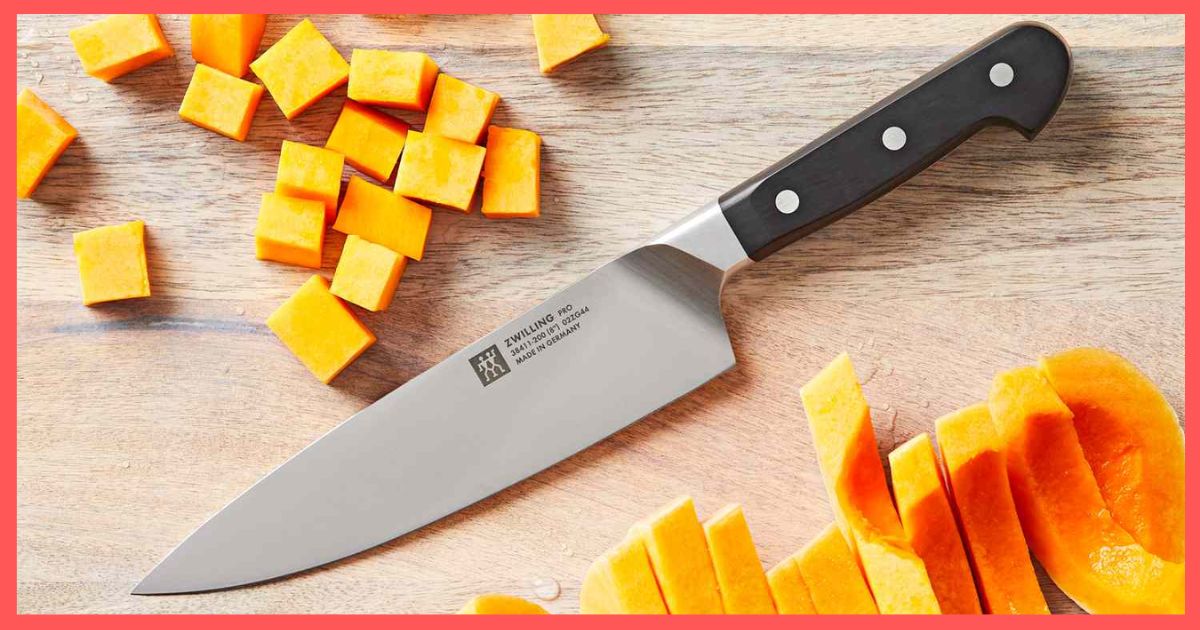
Many professional chefs and home cooks alike rely on knives to prepare their meals with precision and skill. One common size of chef’s knife is around 10 inches in length.
The 10-inch blade provides a great balance between control and cutting efficiency, making it a versatile tool for chopping, slicing, and dicing a wide variety of foods, from vegetables to meats.
A 10-inch chef’s knife is particularly useful for tasks that require more reach, such as slicing through larger fruits or vegetables like watermelons, pumpkins, or large loaves of bread.
The length of the blade also offers a longer cutting edge, which helps speed up the preparation process without compromising the quality of the cut.
Fun Fact: The 10-inch chef’s knife is often the preferred choice of many professional chefs because of its ability to deliver clean cuts with fewer strokes, resulting in less time spent preparing ingredients.
3. A Standard Sheet of Paper
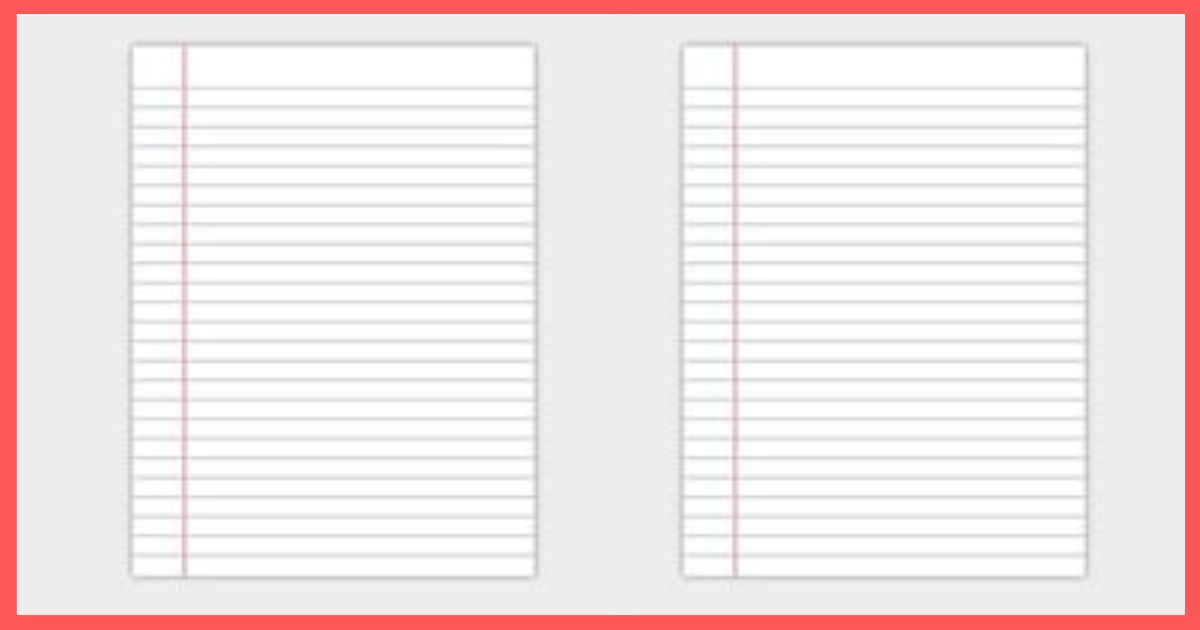
When you think of measurements, one of the most readily available benchmarks is the standard sheet of paper. In the United States, the standard letter-sized sheet of paper measures 8.5 inches by 11 inches, with the 10-inch length providing a useful comparison for various tasks.
Though a full sheet of paper is slightly longer than 10 inches, the visual reference helps when estimating or measuring smaller objects in everyday life.
Understanding the length of a 10-inch item in relation to paper is helpful when working on projects like scrapbooking, framing pictures, or organizing documents.
If you’re trying to visualize how much space something will take up in a drawer or a shelf, remembering that a standard sheet of paper is close to 10 inches long can be a quick mental shortcut.
Interesting Fact: The size of a standard letter-sized paper (8.5 inches by 11 inches) has its origins in the early printing industry, dating back to the 18th century, and remains the global standard in most countries for office use.
4. A Pizza Box
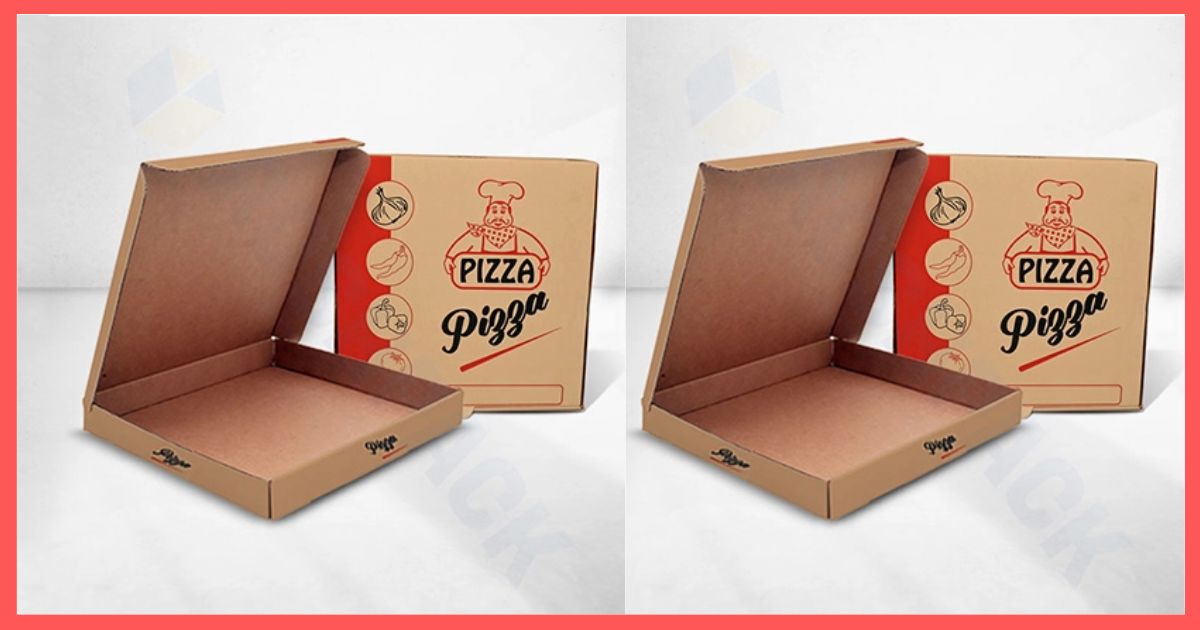
If you’ve ever ordered a personal-sized pizza, you’ve likely encountered a pizza box that measures about 10 inches on each side. The 10-inch pizza box is typically used for small to medium-sized pizzas, and it’s a common sight in takeout and delivery services across the globe.
The size of a pizza box directly corresponds to the diameter of the pizza it’s meant to contain. A 10-inch pizza is perfect for individual servings or smaller groups, making it a popular choice for people who want a quick and satisfying meal without overindulging.
These boxes are also compact and convenient for storage, making them ideal for restaurants and pizza shops looking to optimize their packaging.
Fun Fact: In some countries, pizza boxes are designed with vent holes to allow steam to escape, keeping the pizza crust crispy and fresh during transportation. This simple design feature helps maintain the quality of the pizza by reducing the amount of moisture trapped inside the box.
5. A TV Remote Control
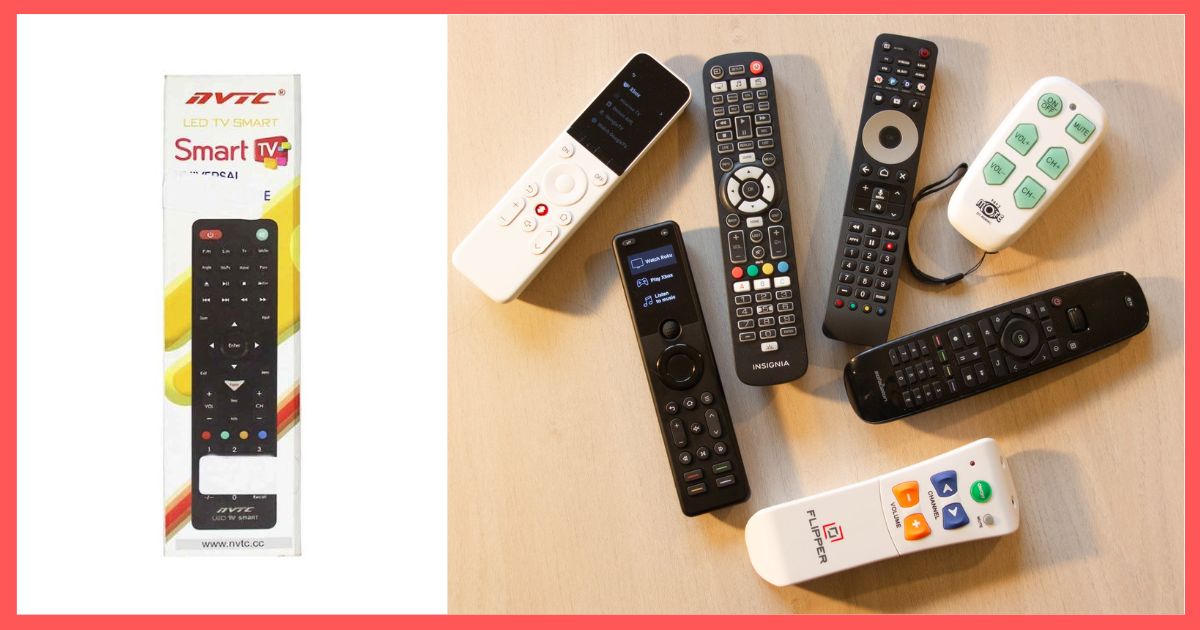
Television remote controls, one of the most ubiquitous household items, often measure around 10 inches in length. This size strikes a balance between being large enough for comfortable grip and small enough for easy storage.
The 10-inch remote fits comfortably in the hand and allows for intuitive control of your TV, streaming device, or home entertainment system.
The length of the remote also plays a role in ensuring the placement of buttons and the ergonomic design, which allows users to reach all the buttons without straining their fingers. The design has evolved over time, but the 10-inch length has remained relatively constant for many modern remotes.
Fun Fact: Did you know that the world’s first remote control for a television was invented in 1950 by the Zenith Radio Corporation? Called the “Lazy Bones,” it was a wired device that could change channels and adjust volume, revolutionizing how people interacted with their TVs.
6. A Tennis Racket Handle
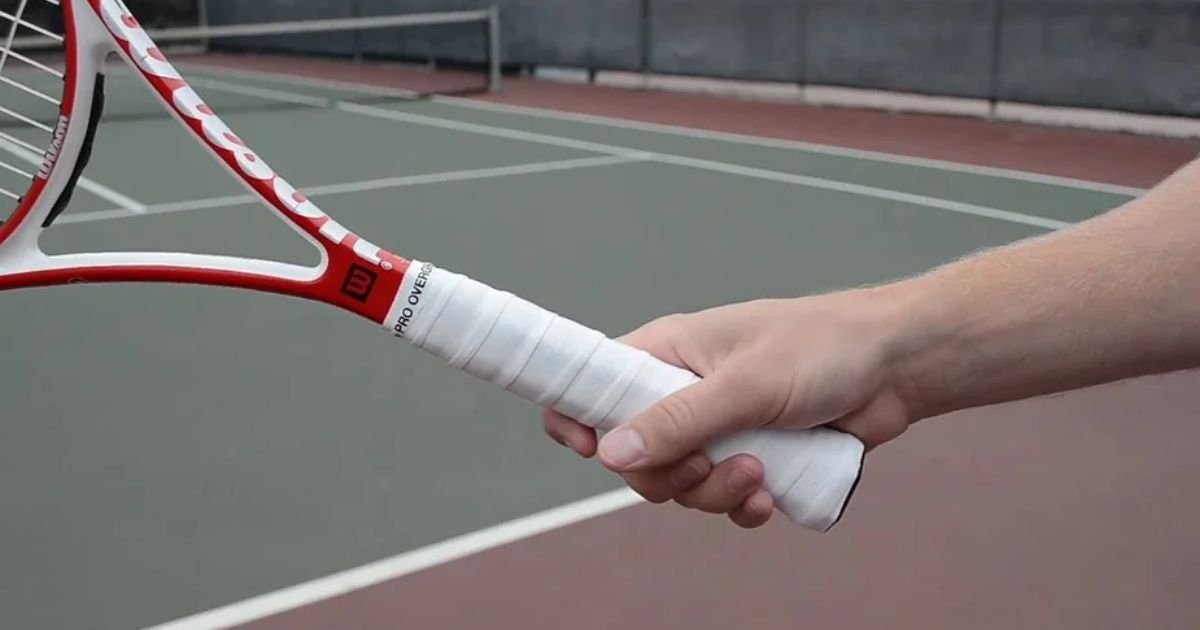
The grip of a standard adult tennis racket often measures around 10 inches, though this can vary slightly depending on the racket’s design and the player’s preference. This measurement refers to the length of the handle from the bottom to the top, where the player’s hands grip the racket during play.
Tennis rackets are designed to offer players optimal control and power. The 10-inch handle allows for a comfortable grip, enabling the player to execute precise swings and volleys.
A handle that is too long or too short can lead to discomfort or decreased performance, which is why tennis players often choose rackets that match their body size and playing style.
Interesting Fact: The first tennis rackets were made from wood and had handles that were typically shorter than modern rackets. Today’s rackets are usually constructed from lightweight carbon fiber or graphite materials to enhance performance.
7. A Baby Shoe
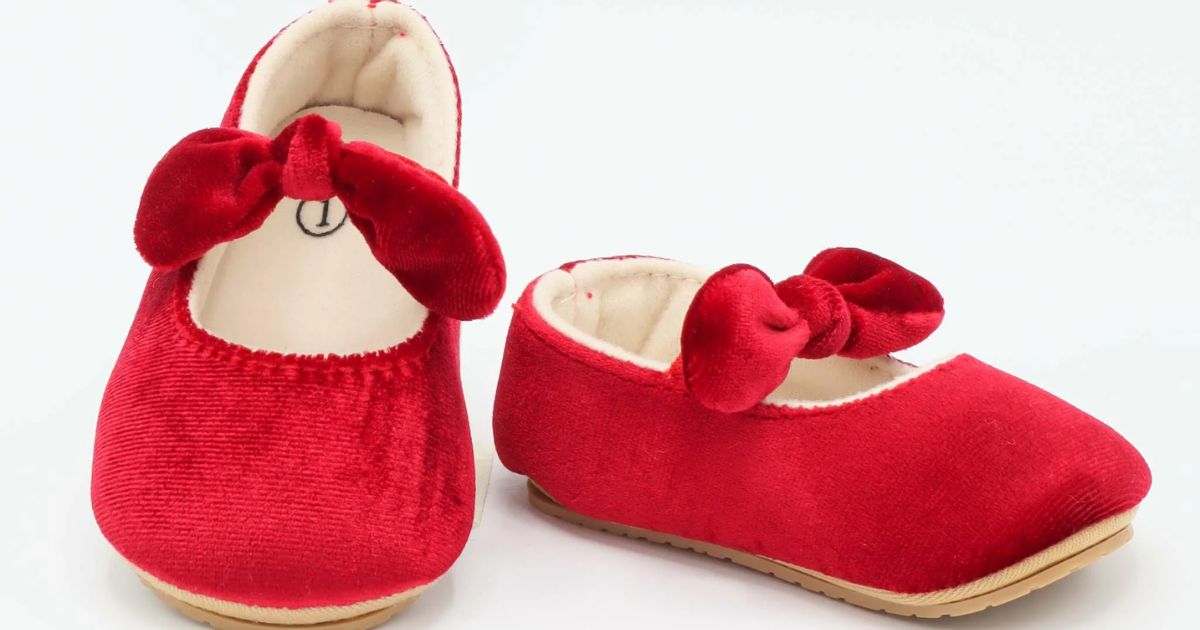
Baby shoes, particularly for infants who are just starting to walk, often measure around 10 inches in length. These tiny shoes are designed to fit the feet of young children, offering them protection and support as they explore their world. A 10-inch baby shoe typically corresponds to the size of a child’s foot as they grow through early toddlerhood.
The 10-inch shoe is significant for both comfort and style. Many baby shoe designs are based on functional needs, ensuring that the shoes allow proper movement of the foot while providing adequate protection. It also marks a key milestone in a child’s development—when they begin to walk and need shoes to help with balance and mobility.
Fun Fact: The earliest known baby shoes date back to ancient Egypt, where leather shoes were crafted to protect babies’ feet from rough terrain. Modern baby shoes have evolved, but the desire for comfort and durability remains unchanged.
Read This Blog: https://mozydash.com/how-long-is-20-feet/
8. A Standard Bread Loaf
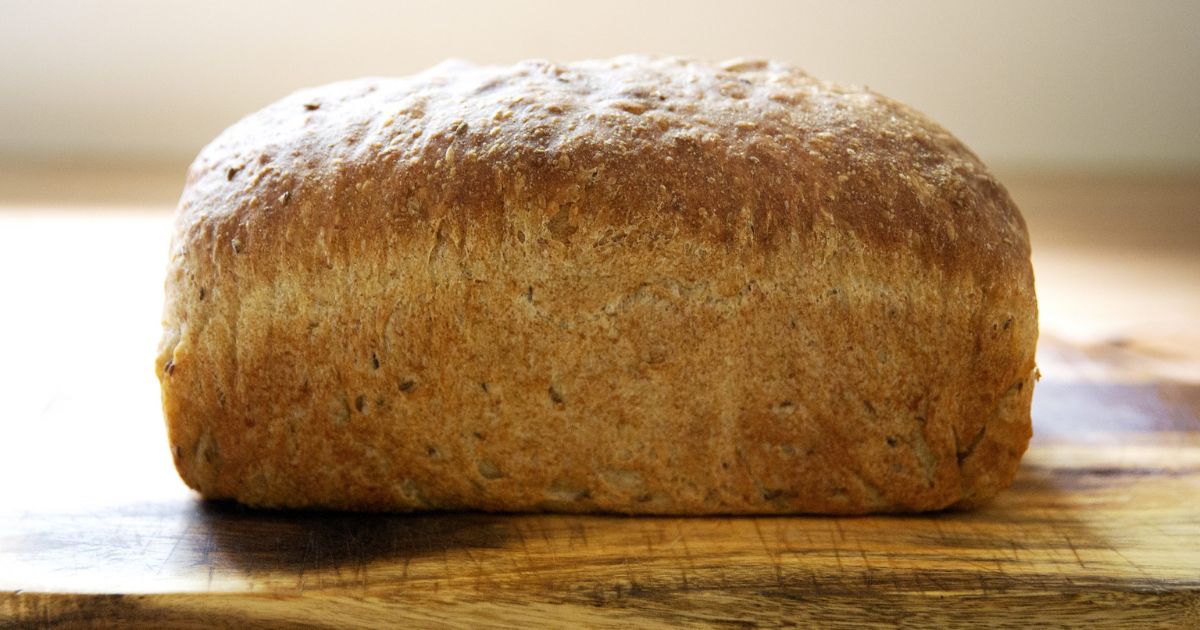
A typical loaf of sandwich bread measures around 10 inches in length. This size is perfect for creating slices that are just right for making sandwiches or toast. It’s also a common size for many store-bought bread varieties, whether it’s white, whole wheat, or multigrain. This 10-inch loaf strikes a balance between being small enough to be manageable for a family, but large enough to provide multiple servings.
The 10-inch loaf is essential for maintaining uniform sandwich sizes, which is particularly important for consistency in the food industry. It also makes for convenient packaging, ensuring that bread stays fresh longer while fitting neatly into standard bread boxes or kitchen shelves.
Interesting Fact: The standard loaf size is linked to baking pans, which are commonly sold with a 10-inch length, allowing bread to bake evenly. In fact, some artisan bread bakers experiment with slightly larger or smaller loaves to create unique textures and flavors.
9. A Standard Flashlight

A typical handheld flashlight, designed for portable use, often measures around 10 inches in length. This size offers the perfect balance between providing enough space for battery power and a compact size that can easily fit in a drawer, backpack, or glove compartment. Whether you need it for outdoor activities, emergencies, or simple household use, the 10-inch flashlight is versatile and easy to carry.
Flashlights are designed to emit a focused beam of light, and the 10-inch length allows for a comfortable grip and efficient illumination. This size is often seen in mid-range flashlights, providing ample light without being overly bulky.
Fun Fact: The first portable flashlight was invented in 1899 by George L. Pierce, who patented a device that could store both the light bulb and batteries in one small casing. Today’s flashlights have evolved significantly, with LED technology providing brighter and more energy-efficient light.
10. A Baseball Glove

The typical length of a youth baseball glove is around 10 inches, especially for younger players or beginners. This size allows for easier control of the ball and more effective catching. A 10-inch glove is small enough to provide precision, making it ideal for younger athletes who are just learning the fundamentals of baseball. It also helps players develop their hand-eye coordination as they begin to understand the mechanics of the game.
The 10-inch glove is a staple in baseball equipment stores, offering a comfortable fit for most kids aged 5-7 years. It’s especially popular for players in the T-ball and minor league age groups, providing both ease of movement and protection.
Interesting Fact: Baseball gloves have come a long way since their inception in the mid-19th century. Early gloves were simply leather mitts with no fingers, whereas modern gloves are intricately designed with specific patterns, materials, and padding tailored to each player’s position.
Read This Blog: https://mozydash.com/how-big-is-14-inches/
11. A Standard Magazine
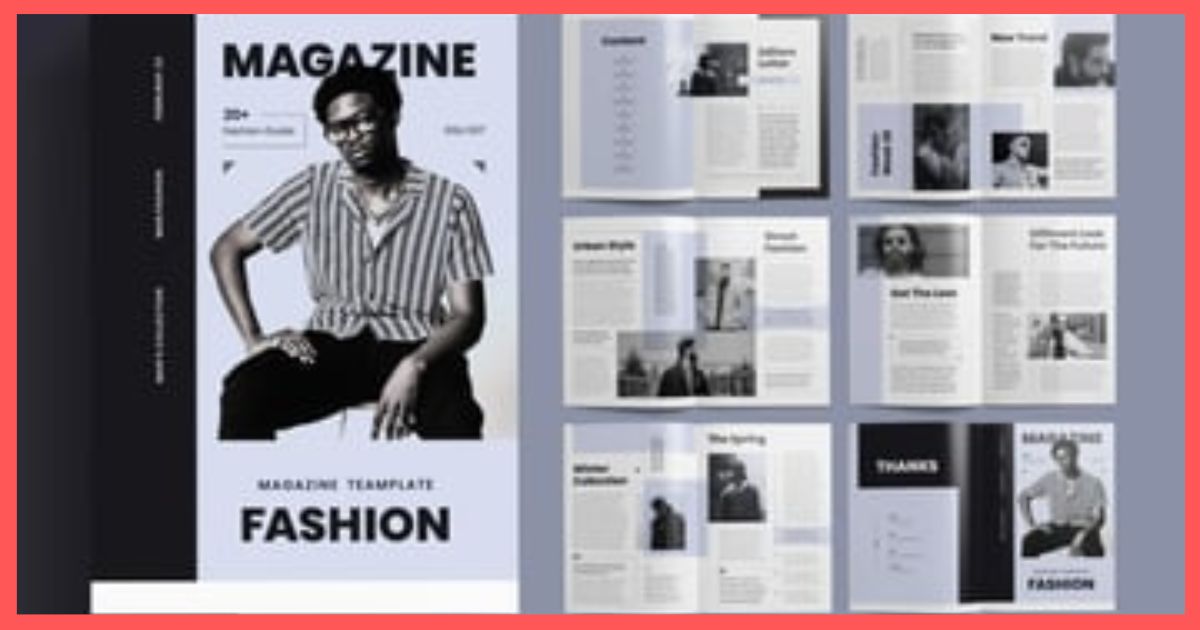
A standard magazine, especially those used for general print media like fashion, lifestyle, or news, often measures about 10 inches in height. This size has become the industry standard for most popular magazines, offering an ideal balance between portability and readability. A 10-inch magazine provides enough space for vibrant photographs, detailed articles, and advertisements while maintaining a compact format for easy handling and storage.
The magazine’s size has remained relatively consistent over the years, with the 10-inch length enabling it to fit neatly on bookshelves, coffee tables, and magazine racks. The relatively uniform size also helps with standardization in printing and distribution.
Fun Fact: The first modern magazine, The Gentleman’s Magazine, was published in 1731 in England. It was a monthly periodical, much like many of the popular magazines we read today, and it helped set the foundation for the print industry.
12. A Standard Pot Lid
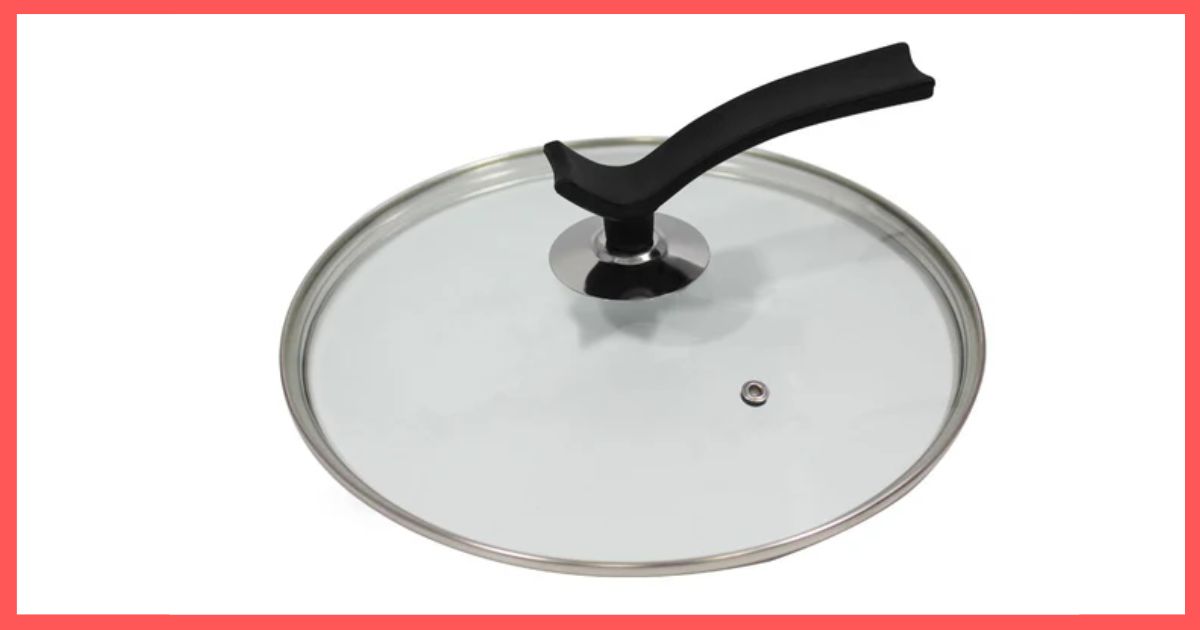
The lid of a standard cooking pot, particularly those used for soups, stews, or boiling water, often measures 10 inches in diameter. This size fits many common pots, especially those in the 3-4 quart range, offering a snug and secure fit to prevent spills and splatters during cooking. The 10-inch lid size ensures that heat is contained while cooking and helps retain moisture in the food.
Pot lids are generally designed to be slightly larger than the pot itself to provide a secure seal. This 10-inch measurement is typically used for mid-sized pots that are frequently used in home kitchens for preparing a variety of dishes, from pasta to rice.
Fun Fact: Pot lids have been used for centuries to trap heat, with early cooking vessels in ancient civilizations featuring basic covers made from clay or metal. Over time, modern pot lids have incorporated features like steam vents and handles for ease of use.
13. A Standard Toolbox
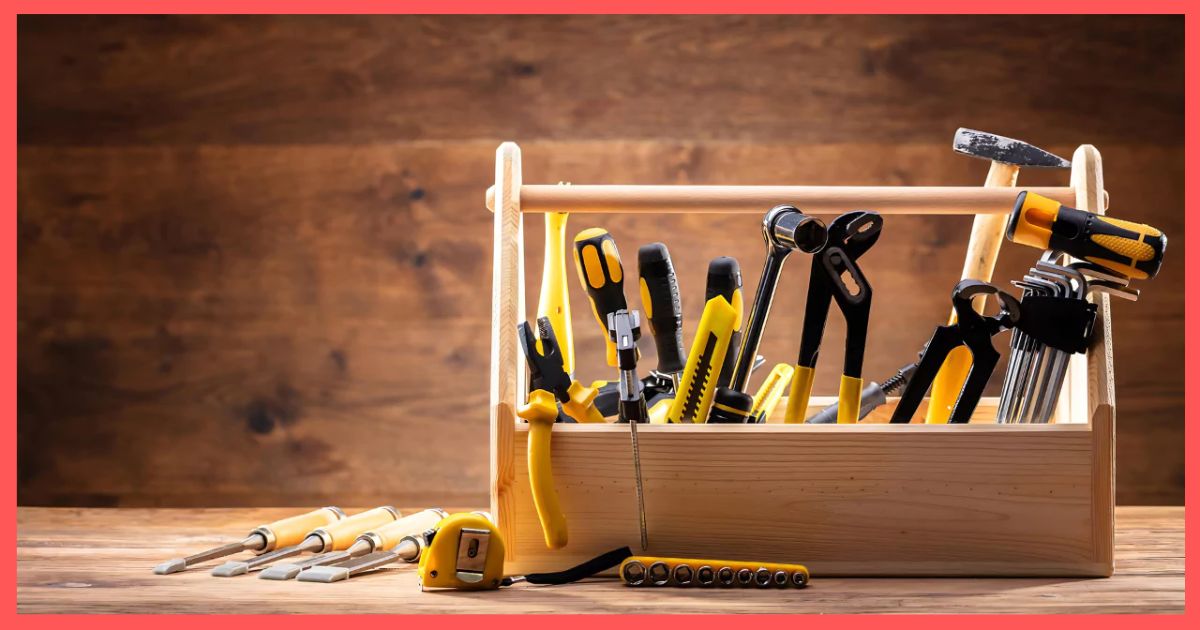
The length of a standard small toolbox often measures around 10 inches. This portable size is ideal for keeping essential tools like a hammer, screwdriver, tape measure, and wrenches organized and easily accessible. It’s compact enough to store in a closet, under a sink, or in a car for quick access, making it a go-to option for everyday repairs and small projects.
A 10-inch toolbox is big enough to hold the most commonly used tools, yet small enough to be lightweight and convenient for carrying. For homeowners, DIY enthusiasts, or even professional contractors who need something easy to transport, this toolbox size is a practical choice.
Interesting Fact: The first toolboxes were simple wooden chests or drawers that were used in ancient times to store tools. Today’s toolboxes are made from more durable materials like metal or plastic, designed to withstand the rigors of everyday use.
Real-World Applications & Practical Measurement Tips
Now that we’ve explored several objects that measure 10 inches, you might be wondering how you can apply this knowledge in everyday situations. Whether you’re shopping for a new dinner plate, deciding on a chef’s knife, or measuring something around the house, understanding the relative length of 10 inches can be incredibly helpful.
Here are a few tips for estimating measurements without a ruler:
- Use Your Hand: As mentioned earlier, the average adult hand is about 10 inches long from the tip of the middle finger to the wrist. This can serve as a quick reference when you’re estimating sizes in a store or at home.
- Look for Household Items: Many household items, like a standard piece of paper or a pizza box, measure close to 10 inches. Keep these items in mind when you need a quick comparison.
- Use Technology: Many smartphones have built-in measurement tools or apps that can help you estimate dimensions using the camera.
Conclusion
Recognizing the length of 10 inches in everyday objects isn’t just a fun exercise—it’s a practical skill that can come in handy in numerous situations. Whether you’re measuring something for a DIY project, choosing the right size for a pizza, or determining the proper equipment for a game, having a sense of what 10 inches looks like can help you make informed decisions and save time.
Next time you’re at home or out shopping, take a moment to look around—how many objects that measure 10 inches long can you spot? You may be surprised by how often this length pops up in your daily life.
By understanding the significance of 10 inches, you’ll be better equipped to navigate the world around you with a little more precision and confidence.

Rober max seo expert

